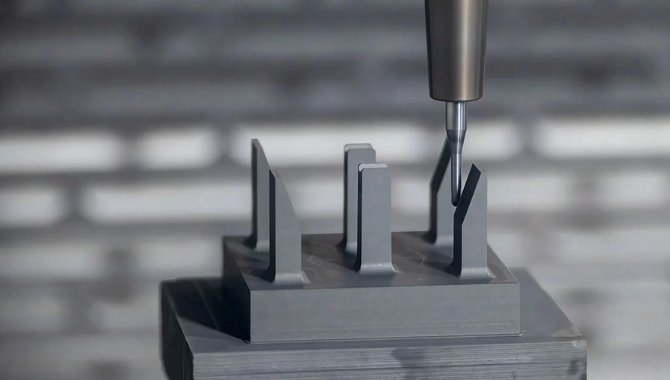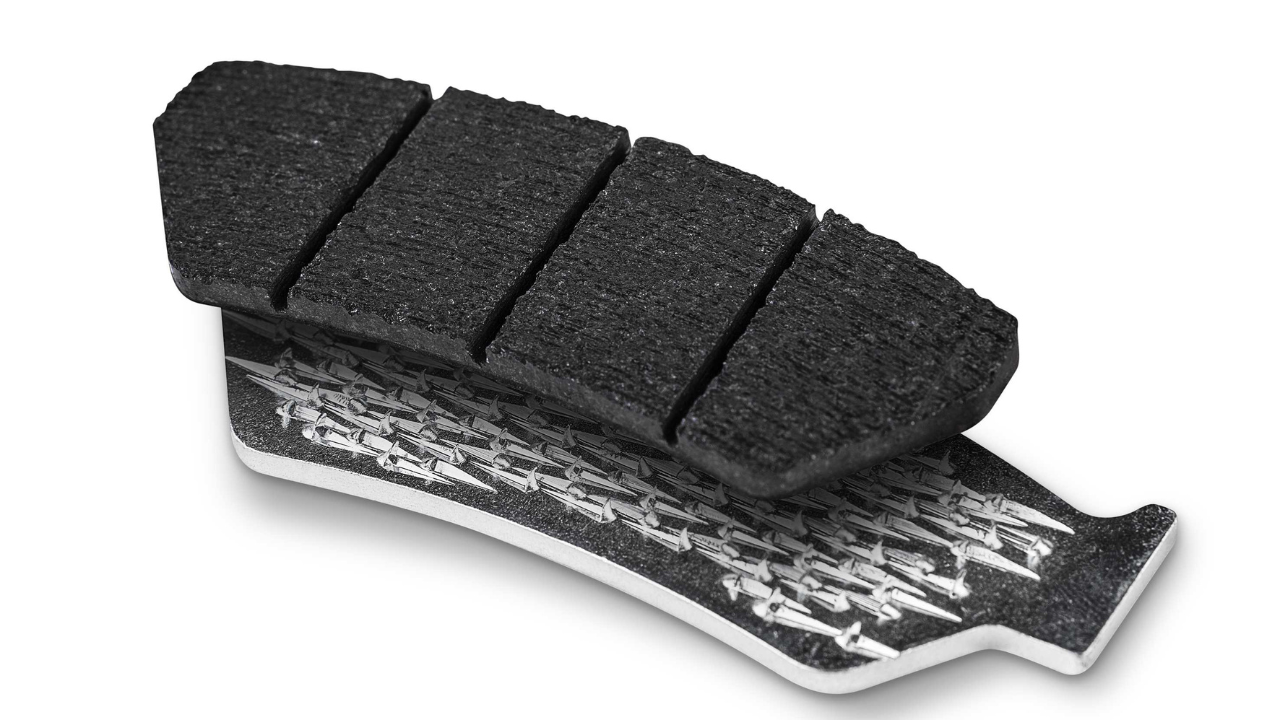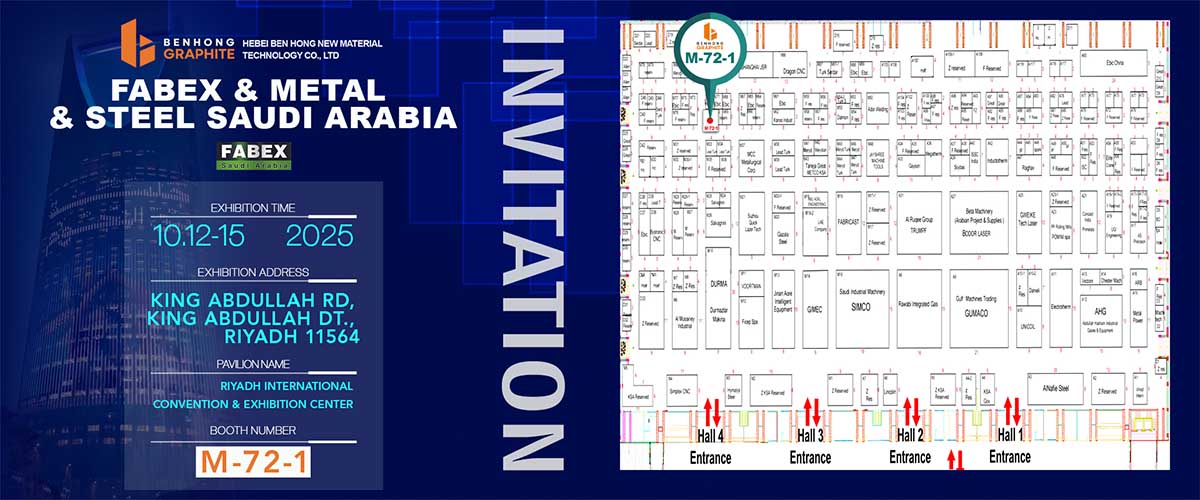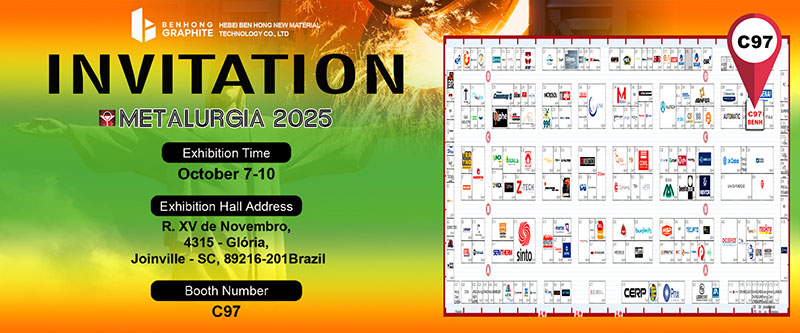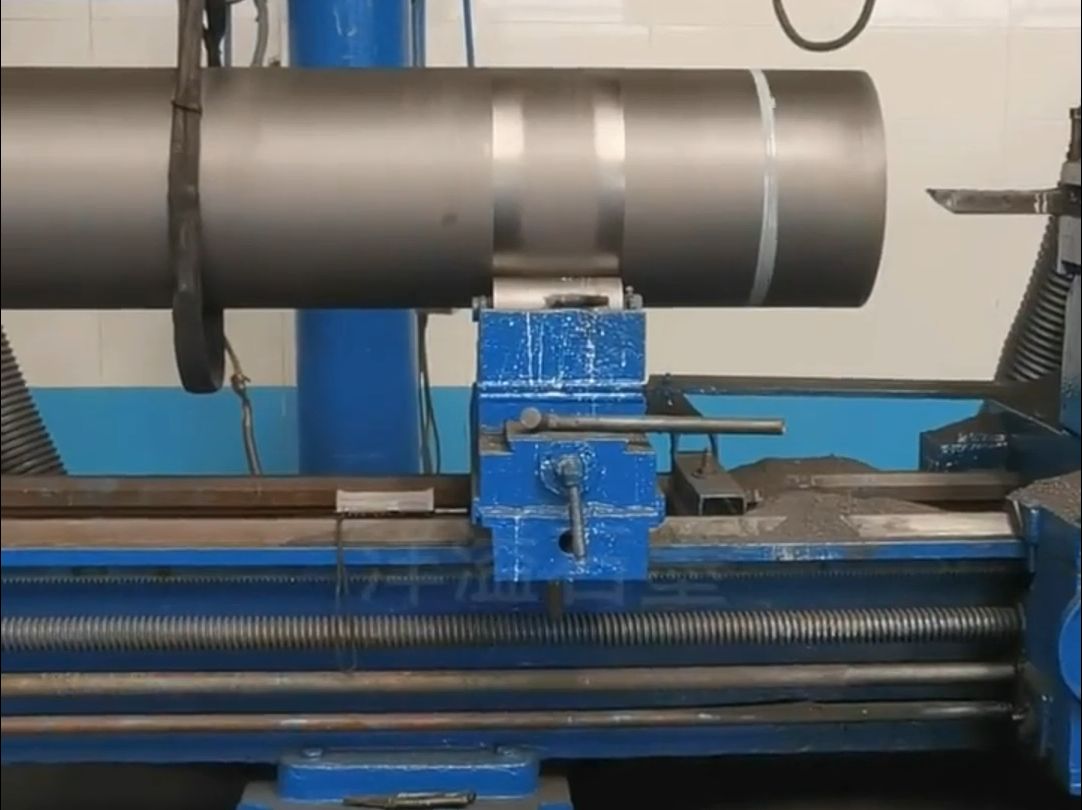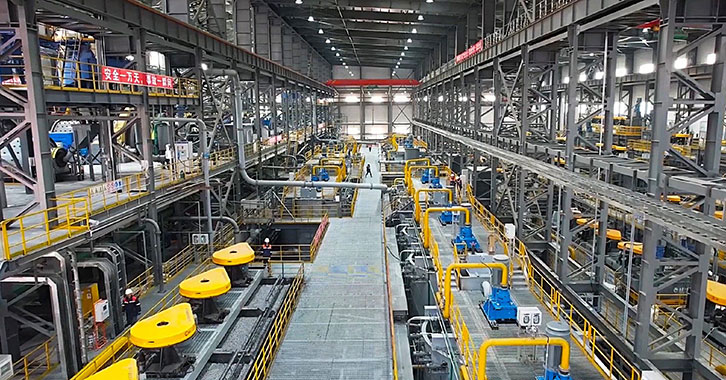8 Implementing Automated Graphite Machining Solutions
8.1 Robotic Integration
Advanced automation addresses graphite machining challenges:
-
Consistent quality: Eliminating human variability in process execution
-
Unattended operation: Lights-out manufacturing capabilities
-
Integrated metrology: In-process measurement and compensation
-
Flexible manufacturing: Quick changeover between different components
8.2 Process Integration
Complete machining cells incorporate:
-
Automated loading/unloading: Robotic integration with machine vision
-
Pallet systems: Multi-station setups for continuous production
-
Tool management: Automatic tool changers with 100+ tool capacity
-
Ancillary processes: Integrated cleaning and inspection stations
8.3 Digitalization and Industry 4.0
Smart manufacturing technologies enhance graphite machining:
-
Predictive maintenance: Monitoring spindle health and component wear
-
Adaptive control: Real-time parameter adjustment based on cutting conditions
-
Digital twins: Virtual process optimization before physical machining
-
Quality tracking: Complete traceability of machining parameters and results
9 Future Trends in Graphite Machining
9.1 Advanced Materials Development
-
Nano-engineered graphites: Enhanced mechanical properties with controlled nanostructure
-
Hybrid composites: Graphite-ceramic composites for extreme environments
-
Functionally graded materials: Spatially varying properties within single components
9.2 Machining Technology Evolution
-
AI-driven optimization: Machine learning algorithms for process parameter optimization
-
Additive-subtractive hybridization: Combining 3D printing with precision machining
-
Quantum-scale metrology: Atomic-level measurement capabilities for ultimate precision
9.3 Sustainability Initiatives
-
Recycling technologies: Closed-loop material reclamation from machining waste
-
Energy efficiency: Reduced power consumption through optimized processes
-
Alternative processes: Low-energy manufacturing techniques with minimal environmental impact
10 Conclusion
Graphite machining has evolved into a sophisticated manufacturing discipline requiring specialized knowledge, equipment, and processes. The unique properties of graphite – its excellent thermal and electrical conductivity combined with its machinability – make it indispensable for advanced technological applications across industries from aerospace to energy storage.
Advanced machining centers like the GF Machining Solutions MILL S 500 and Makino F3/F5 series represent the current state-of-the-art, incorporating thermal stability systems, advanced dust extraction, and high-speed capabilities that enable precision machining of graphite components with tolerances within microns 13.
The future of graphite machining lies in further automation, digital integration, and the development of even more advanced graphite materials with enhanced properties. As industries continue to demand higher performance components capable of operating in extreme environments, graphite machining will remain a critical manufacturing capability enabling technological advancement across multiple sectors.
For organizations considering graphite component manufacturing, success depends on selecting the appropriate graphite grade, investing in specialized equipment, and developing process expertise that addresses the unique challenges of machining this versatile but demanding material.




